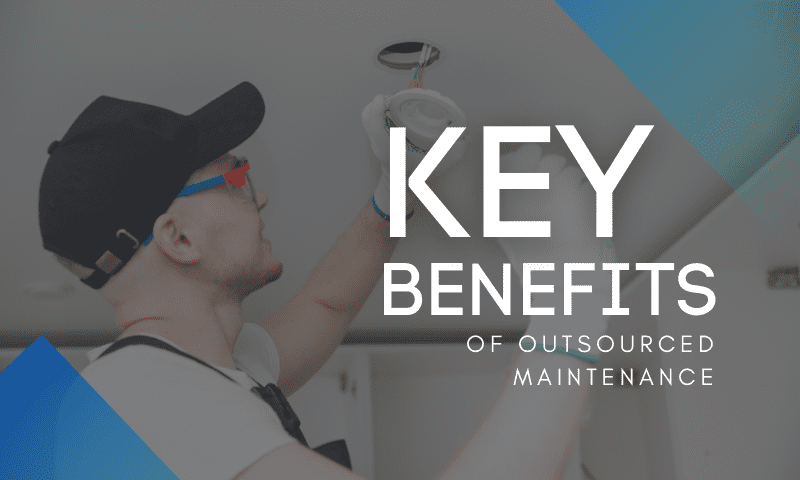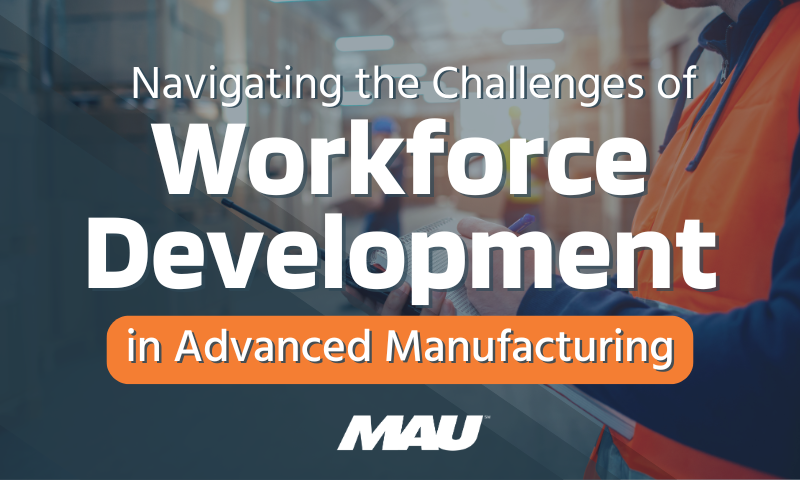This is part nine of a 10-part series designed to help you transform your company, gain a competitive advantage, and sustain long-term business success. Last time, we gave you three valuable tools to add to your staffing and recruitment toolbox.
Today, we’re going to show you a new way to approach maintenance and how you can determine whether outsourcing this business function is a strategic move for you.
“As companies look to reduce total maintenance costs, improve overall equipment effectiveness (OEE), and proactively manage the issue of the graying workforce, outsourcing maintenance must be an option explored.” – AMR Research
Be honest—do you view maintenance as a necessary evil? Do you believe it’s an uncontrollable cost? If so, you could be missing an important productivity opportunity. As a way to optimize manufacturing assets, many business leaders are transferring maintenance responsibilities to external service providers.
Here’s how you can shift your view of maintenance and determine whether outsourcing would be a strategic move for your business.
Maintenance: From Necessary Evil to Strategic Partnership
To gain significant increases in asset productivity through outsourcing, your decision to work with a third party needs to be strategic. Vague objectives, like “we will increase the effectiveness of the maintenance department,” aren’t going to cut it. Organizations must pair accurate, realistic measures with achievable improvement goals.
First, determine if your in-house maintenance adds any value to your product or service. Remember, identifying your core functions doesn’t mean assessing what you do well and what you do poorly. Rather, you need to pinpoint the activities you must do yourself if you’re going to gain a competitive edge in your market—and outsource the rest.
Click here for a refresher on how to determine your core/noncore activities.
If you decide that maintenance is a noncore-critical function for your business, you can gain greater overall control when you transfer it to an experienced service provider. Be sure that this third party uses performance metrics to justify their contract and demonstrate continuous improvement. This information allows senior executives to make fact-based decisions about widespread problems, machines requiring excessive maintenance dollars, and asset upgrades or replacements.
The Key Benefits of Outsourced Maintenance
Perhaps you’re still wondering why you’d even consider outsourcing maintenance since it’s so critical. Yes, effective maintenance is key to the success of any lean manufacturer, but executives must also utilize predictive and preventive approaches to address sophisticated delivery requirements.
For many plants, internal factors prevent them from making critical improvements to their maintenance programs. An external provider can sidestep these barriers to ensure that the right equipment is working at the right time to produce the right results.
Here are a few other key benefits of outsourcing the maintenance of your production equipment:
- Immediate access to the most advanced maintenance technologies available in the world.
- The ability to learn from people who eat, drink, and sleep maintenance.
- Exposure to maintenance professionals who possess significant experience in transforming weak maintenance groups into high-performance ones.
- Enhanced opportunities for personal and career growth as the outsourcing company assimilates your maintenance team into their organization.
Maintenance workers are called many names around a plant—fix-it guys, firefighters, technical wizards (to name a few flattering ones)—but they’re seldom considered strategic partners. As more and more top executives insist on a workable maintenance plan that aligns with the overall corporate vision, this is changing.
We are nearing the end of our 10-part series. Be sure to tune back in next month for our final installment.
Sign up to get this Master Class series directly to your inbox.
{{cta(‘937408fa-3a2a-45f8-a546-ebb39501144e’)}}
Note: This blog post was inspired by and adapted from Randall Hatcher’s book, “The Birth of a New Workforce.




